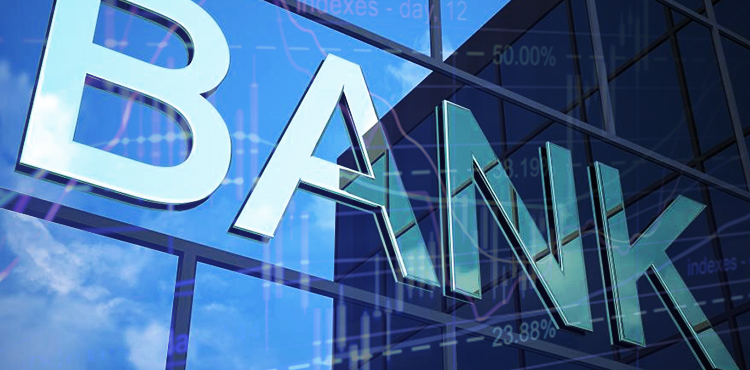
KGI Raises KBANK as Top Bank Stock Pick as Its Income Pattern Shifts to Digital Banking
KGI maintains a Neutral rating on Thai banking sector and KBANK remains the top pick as it has changed its income pattern to gear toward fee-based income in the capital market and digital banking.
KGI Securities (KGI) forecasts slow banking sector earnings in 2Q21 since the margins of big banks will be under pressure from growing more low-yield assets in the money market. However, rising equity base at all banks indicates operations would not be too bad in 2Q21. Meanwhile, troubled loans will remain frozen, which will allow banks to gradually manage NPLs and asset quality. KBANK remains KGI’s top pick as it has changed its income pattern to gear toward fee-based income in the capital market and digital banking.
Most banks saw substantial increases in their deposit bases at +1.2% MoM and +2.5% YTD, particularly Bangkok Bank Public Company Limited (BBL) at +3% MoM and +5% YTD, followed by Kasikornbank Public Company Limited (KBANK) at +2% MoM and +6% YTD, and Krungthai Bank Public Company Limited (KTB) at +2% MoM and +2.5% YTD.
However, small to medium banks saw deposit outflows. Big banks poured the new deposit inflow into low-risk assets in money market lending, with the government agencies as the main borrowers. Beyond that exposure on money market lending grew by 4% MoM and 19% YTD; KBANK, BBL and KTB were the most active lenders. KBANK’s money market exposure rose substantially by 25% MoM (but still 318% YTD), while BBL’s rise was consistent at 18% MoM and 111% YTD, and KTB rose 7% MoM and 34% YTD.
Apart from active lending in the money market, banks poured some of their excess liquidity into fixed income investment. As the government issued some investment instruments in the market, KGI thinks banks took these investments into their portfolios. Investment exposure rose 3% QoQ but down 4% YTD; SCB was the most active up 12% MoM, but down 15% YoY, while other banks raised their exposure at the same pace of 2% MoM.
All-in banks gained more funding in May, and most of that liquidity was poured into low-risk money market lending and fixed income investment at yields of around 1.532%. Furthermore, extension of assistance programs will pressure loan yield at banks. Meanwhile, growth in high yield assets in loans was relatively flat MoM and grew slightly 2% YTD; there was consistent activity from KTB, up 1.6% MoM and 5% YTD, and KBANK, up 1% MoM and 5% YTD. With substantial growth in low-yield assets, big banks face pressure on their margins, especially BBL and KTB.


